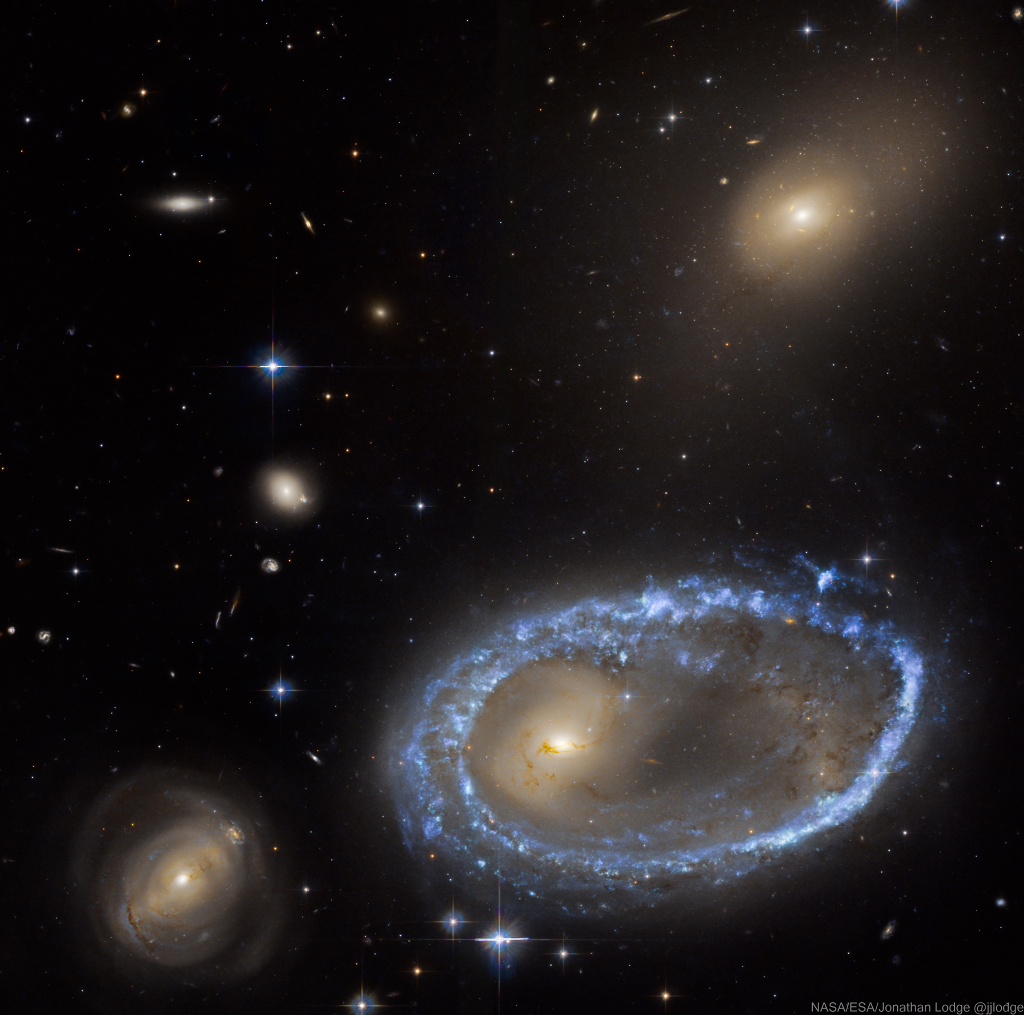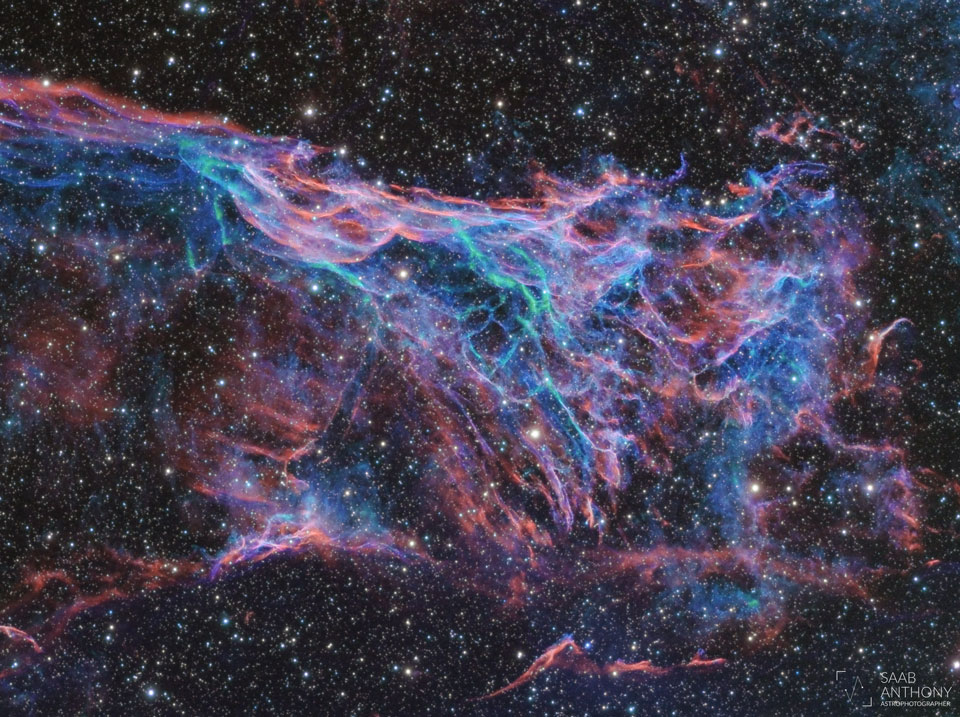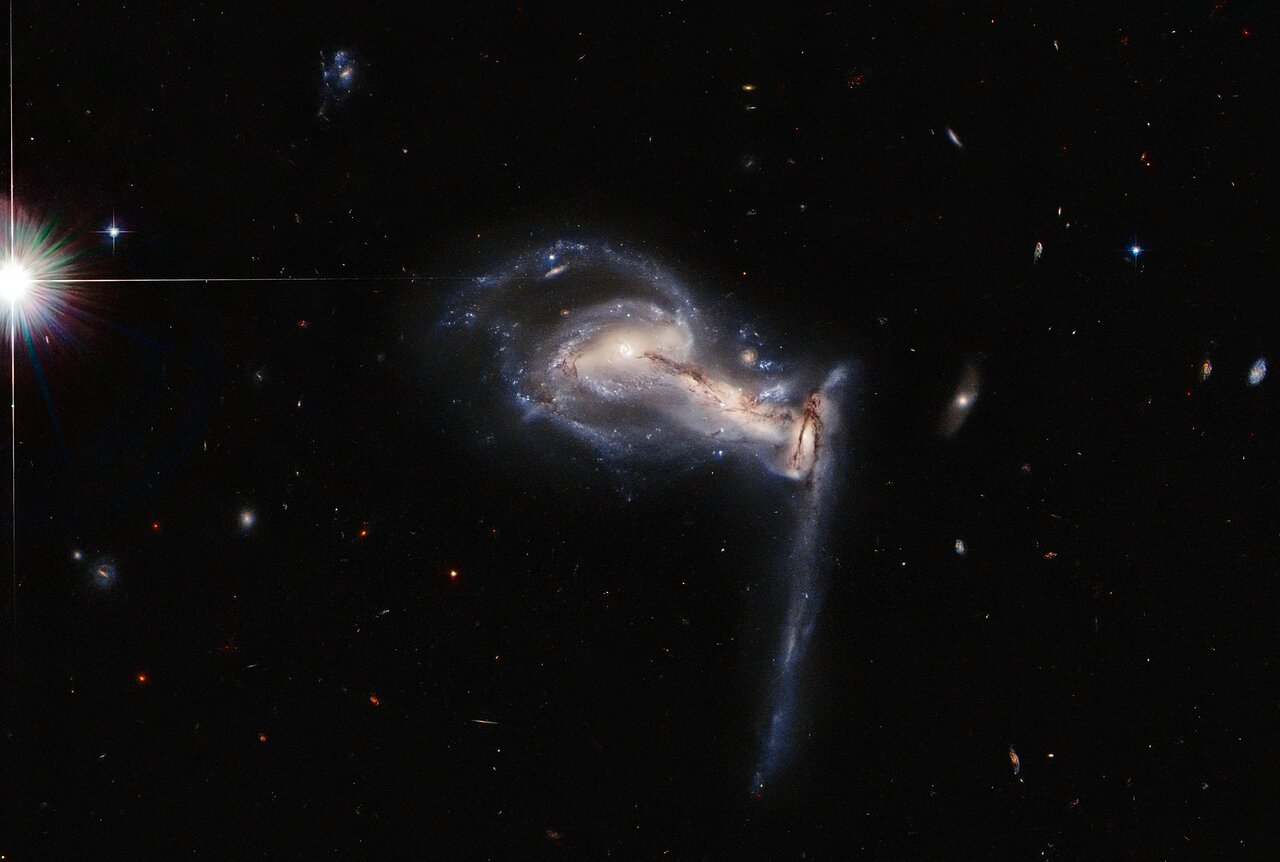Blog
Charles Henry Christian (July 29, 1916 – March 2, 1942) was an American swing and jazz guitarist.
Christian was an important early performer on the electric guitar and a key figure in the development of bebop and cool jazz. He gained national exposure as a member of the Benny Goodman Sextet and Orchestra from August 1939 to June 1941. His single-string technique, combined with amplification, helped bring the guitar out of the rhythm section and into the forefront as a solo instrument. For this, he is often credited with leading to the development of the lead guitar role in musical ensembles and bands. John Hammond and George T. Simon called Christian the best improvisational talent of the swing era. In the liner notes to the album Solo Flight: The Genius of Charlie Christian (Columbia, 1972), Gene Lees wrote that “Many critics and musicians consider that Christian was one of the founding fathers of bebop, or if not that, at least a precursor to it.”
Christian’s influence reached beyond jazz and swing. In 1990, he was inducted into the Rock and Roll Hall of Fame in the category Early Influence.
In 2006 Oklahoma City renamed a street in its Bricktown entertainment district “Charlie Christian Avenue” (Christian was raised in Oklahoma City and was one of many musicians who jammed along the city’s “Deep Deuce” section on N.E. Second Street).
Christian was born in Bonham, Texas. His family moved to Oklahoma City, Oklahoma, when he was a small child. His parents were musicians. He had two brothers, Edward, born in 1906, and Clarence, born in 1911. All three sons were taught music by their father, Clarence Henry Christian. Clarence Henry was struck blind by fever, and in order to support the family he and the boys worked as buskers, on what the Christians called “busts.” He would have them lead him into the better neighborhoods, where they would perform for cash or goods. When Charles was old enough to go along, he first entertained by dancing. Later he learned to play the guitar, inheriting his father’s instruments upon his death when Charles was 12.
In the late 1930s Christian contracted tuberculosis, and in early 1940 he was hospitalized for a short period in which the Goodman group was on hiatus because of Goodman’s back trouble. Goodman was hospitalized in the summer of 1940 after a brief stay at Santa Catalina Island, California, where the band stayed when they were on the West Coast.
After a visit to the hospital that same month by the tap dancer and drummer Marion Joseph “Taps” Miller, Christian declined in health. He died March 2, 1942, at the age of 25. He was buried in an unmarked grave in Bonham, Texas.
more...Donald Matthew Redman (July 29, 1900 – November 30, 1964) was an American jazz musician, arranger, bandleader, and composer. Redman was born in Piedmont, Mineral County, West Virginia. His father was a music teacher, his mother was a singer. Don began playing the trumpet at the age of three, joined his first band at the age of six and by the age of 12 was proficient on all wind instruments ranging from trumpet to oboe as well as piano. He studied at Storer College in Harper’s Ferry and at the Boston Conservatory, then joined Billy Page’s Broadway Syncopaters in New York City. He was the uncle of saxophonist Dewey Redman, and thus great-uncle of saxophonist Joshua Redman and trumpeter Carlos Redman.
In 1923, Redman joined the Fletcher Henderson orchestra, mostly playing clarinet and saxophones.
https://www.youtube.com/watch?v=aO-l1kJnKyo
more...Merengue Star Johnny Ventura Dies at 81
Dominican vocalist, bandleader, lawyer and former mayor of Santo Domingo, Juan de Dios Ventura Soriano, better known as Johnny Ventura, died on July 28, 2021. The Latin Recording Academy released a statement about Johnny Ventura. “With a career that spanned more than six decades, the Dominican singer and composer, dubbed El Caballo Negro, established himself as one of the most popular merengue and salsa artists of the last century,” said Gabriel Abaroa, Jr., President/CEO of The Latin Recording Academy. “He recorded over 100 albums which included hits like “Patacón Pisao,” “Pitaste,” “El Elevador,” “La Agarradera,” “Capullo y Sorrullo” and “El Tabaco.”
Ventura also had a storied political career in his native country where he served as mayor of Santo Domingo. He was a Latin GRAMMY winner who contributed to The Latin Recording Academy for many years as part of its Board of Trustees, and secretary of the Executive Committee. He was presented with the Lifetime Achievement Award in 2006.
Second RRW at VA Adult Day Center Memory Care exploring the healing qualities of World Rhythms. Wednesday 7-28-21 10-noon

The rim of the large blue galaxy at the right is an immense ring-like structure 150,000 light years in diameter composed of newly formed, extremely bright, massive stars. AM 0644-741 is known as a ring galaxy and was caused by an immense galaxy collision. When galaxies collide, they pass through each other and their individual stars rarely come into contact. The large galaxy’s ring-like shape is the result of the gravitational disruption caused by a small intruder galaxy passing through it. When this happens, interstellar gas and dust become compressed, causing a wave of star formation to move out from the impact point like a ripple across the surface of a pond. Other galaxies in the field of view are background galaxies, not interacting with AM 0644-741. Foreground spiky stars are within our own Milky Way. But the smaller intruder galaxy is caught above and right, near the top of the frame taken by the Hubble Space Telescope. Ring galaxy AM 0644-741 lies about 300 million light years away toward the southern constellation Volans.

Delfeayo Marsalis (/ˈdɛl fiː oʊ/; born July 28, 1965) is an American jazz trombonist, record producer and educator.
Marsalis was born in New Orleans, the son of Dolores (née Ferdinand) and Ellis Louis Marsalis, Jr., a pianist and music professor. He is also the grandson of Ellis Marsalis, Sr., and the brother of Wynton Marsalis (trumpeter), Branford Marsalis (saxophonist), and Jason Marsalis (drummer). Delfeayo also has two brothers who are not musicians: Ellis Marsalis III (b. 1964) is a poet, photographer and computer networking specialist based in Baltimore, and Mboya Kenyatta (b. 1970) is autistic and was the primary inspiration for Delfeayo’s founding of the New Orleans-based Uptown Music Theatre. Formed in 2000, UMT has trained over 300 youth and staged eight original musicals, all of which are based upon the mission of “community unity”.
more...Michael Bernard Bloomfield (July 28, 1943 – February 15, 1981) was an American guitarist and composer, born in Chicago, Illinois, who became one of the first popular music superstars of the 1960s to earn his reputation almost entirely on his instrumental prowess, as he rarely sang before 1969. Respected for his guitar playing, Bloomfield knew and played with many of Chicago’s blues musicians before achieving his own fame and was instrumental in popularizing blues music in the mid-1960s. In 1965, he played on Bob Dylan’s Highway 61 Revisited, including the single “Like a Rolling Stone“, and performed with Dylan at that year’s Newport Folk Festival.
Bloomfield was ranked No. 22 on Rolling Stone‘s list of “100 Greatest Guitarists of All Time” in 2003 and No. 42 by the same magazine in 2011.[3]He was inducted into the Blues Hall of Fame in 2012 and, as a member of the Paul Butterfield Blues Band, was inducted into the Rock and Roll Hall of Fame in 2015.
more...David “Junior” Kimbrough (July 28, 1930 – January 17, 1998) was an American blues musician. His best-known works are “Keep Your Hands off Her” and “All Night Long”.
Kimbrough was born in Hudsonville, Mississippi, and lived in the north Mississippi hill country near Holly Springs. His father, a barber, played the guitar, and Junior picked his guitar as a child. He was apparently influenced by the guitarists Lightnin’ Hopkins, Mississippi Fred McDowell and Eli Green.
In the late 1950s Kimbrough began playing the guitar in his own style, using mid-tempo rhythms and a steady drone played with his thumb on the bass strings. This style would later be cited as a prime example of hill country blues. His music is characterized by the tricky syncopation between his droning bass strings and his midrange melodies. His soloing style has been described as modal and features languorous runs in the middle and upper registers. The result was described by music critic Robert Palmer as “hypnotic”.
more...Charles Reed Biddle, CM (July 28, 1926 – February 5, 2003) was an American-Canadian jazz bassist. He lived most of his life in Montreal, organizing and performing in jazz music events.
Biddle was born and grew up in West Philadelphia. He joined the United States Army on January 26, 1945 and served in China, India and Burma during World War II. After the war, he studied music at Temple University in Philadelphia, where he started playing bass.
In 1948, Biddle arrived in Montreal while touring with Vernon Isaac’s Three Jacks and a Jill. Biddle was impressed by the fact that in Canada, particularly Quebec, black jazz musicians often played alongside white jazz musicians as friends and bandmates. He decided to settle down in Montreal, and fell in love with a French-Canadian woman, Constance. The two eventually married and raised three daughters – Sonya, Stephanie and Tracy – and a son, Charles Biddle Jr.
more...The Veil Nebula itself is a largesupernova remnant, an expanding cloud born of the death explosion of a massive star. Light from the original supernova explosion likely reached Earth over 5,000 years ago. The glowing filaments are really more like long ripples in a sheet seen almost edge on, remarkably well separated into the glow of ionized hydrogen atoms shown in blue and oxygen in red hues. Also known as the Cygnus Loop and cataloged as NGC 6979, the Veil Nebula now spans about 6 times the diameter of the full Moon. The length of the wisp corresponds to about 30 light years, given its estimated distance of 2,400 light years. Often identified as Pickering’s Triangle for a director of Harvard College Observatory, it is also named for its discoverer, astronomer Williamina Fleming, as Fleming’s Triangular Wisp.

Jean Toussaint (born July 27, 1960) is an American jazz tenor and soprano saxophonist.
Toussaint was born in Saint Thomas, U.S. Virgin Islands, and was raised in Saint Thomas and New York City. He learned to play calypso as a child and attended Berklee College of Music in the late 1970s, studying under Bill Pierce (saxophonist). In 1979 he formed a group with Wallace Roney and from 1982 to 1986 was a member of Art Blakey and the Jazz Messengers alongside Terence Blanchard, Donald Harrison, Mulgrew Miller and Lonnie Plaxico. With Blakey he recorded three studio albums, including New York Scene, which won a Grammy for Best Jazz Instrumental Performance.
more...Bobbie Lee Gentry (born Roberta Lee Streeter; July 27, 1942) is a retired American singer-songwriter who was one of the first female artists to compose and produce her own material.
Gentry rose to international fame in 1967 with her Southern Gothic narrative “Ode to Billie Joe“. The track spent four weeks at No. 1 on the BillboardHot 100 chart and was third in the Billboard year-end chart of 1967, earning Gentry Grammy awards for Best New Artist and Best Female Pop Vocal Performance in 1968.
Gentry charted 11 singles on the Billboard Hot 100 and four singles on the United Kingdom Top 40. Her album Fancy brought her a Grammy nomination for Best Female Pop Vocal Performance. After her first albums, she had a successful run of variety shows on the Las Vegas Strip. In the late 1970s Gentry lost interest in performing, and subsequently retired from the music industry. News reports conflict on the subject of where she currently lives.
more...Harvey Fuqua (July 27, 1929 – July 6, 2010) was an American rhythm and blues singer, songwriter, record producer, and record label executive.
Fuqua founded the seminal R&B/doo-wop group the Moonglows in the 1950s. He is notable as one of the key figures in the development of the Motown label in Detroit, Michigan. His group gave Marvin Gaye a start in his music career. Fuqua and his wife at the time, Gwen Gordy, distributed the first Motown hit single, Barrett Strong‘s “Money (That’s What I Want)“, on their record label, Anna Records. Fuqua later sold Anna Records to Gwen’s brother Berry Gordy and became a songwriter and executive at Motown. He was the nephew of Charlie Fuqua of the Ink Spots and the uncle of the filmmaker Antoine Fuqua.
Fuqua was born in Louisville, Kentucky, United States. He was the nephew of Charlie Fuqua of the Ink Spots. In 1951, with Bobby Lester, Alexander Graves and Prentiss Barnes, he formed a vocal group, the Crazy Sounds, in Louisville, later moving with other members of the group to Cleveland, Ohio.
more...July 27th 1917. Most remarkably, Moses Rascoe has managed to haul the country blues sensibility into the 1980s. The aching beauty, defiant individuality and winking ribaldry that informed the music of Robert Johnson and Blind Boy Fuller sing in the blues of Moses Rascoe today. He takes Jimmy Reed’s ‘Big Boss Man’ and ‘Bright Lights, Big City’ a step forward by taking their arrangement back to the days when a bluesman’s voice and his fingerpicked guitar spoke together in one turn, one stating the case and the other chiming in with a pungent reply. These are the country blues of the ’80s — a dose of ragtime, a dash of gospel, a little country and a whole lot of blues — played by a rising star who’s going to shine for a long time.
more...A dramatic triplet of galaxies takes centre stage in this latest Picture of the Week from the NASA/ESA Hubble Space Telescope, which captures a three-way gravitational tug-of-war between interacting galaxies. This system —known as Arp 195— is featured in the Atlas of Peculiar Galaxies, a list which showcases some of the weirder and more wonderful galaxies in the universe. Observing time with the Hubble Space Telescope is extremely valuable, so astronomers don’t want to waste a second. The schedule for Hubble observations is calculated using a computer algorithm which allows the spacecraft to occasionally gather bonus snapshots of data between longer observations. This image of the clashing triplet of galaxies in Arp 195 is one such snapshot. Extra observations such as these do more than provide spectacular images — they also help to identify promising targets to follow up with telescopes such as the upcoming NASA/ESA/CSA James Webb Space Telescope.

more...
More Posts
- Echoes of Freedom by Sitting Bull
- The Cosmos with UGC 6945
- Allen Toussaint Day
- Kenny Wheeler Day
- Grady Tate Day
- World Music with Alboka
- Daily Roots with Joe White & Chuck
- Echos of Freedom by Chief Joseph
- The Cosmos with NGC 3310
- Joe Pass Day
- Danny Barker Day
- World Music with Vardan Hovanissian & Emre Gültekin
- Daily Roots with the Four Aces
- The Cosmos with Centaurus A
- George Duke Day
- Jay McShann Day
- Mississippi Fred McDowell Day
- World Music with Kunta Kinte
- Daily Roots with The Techniques
- The Cosmos with NGC 7814